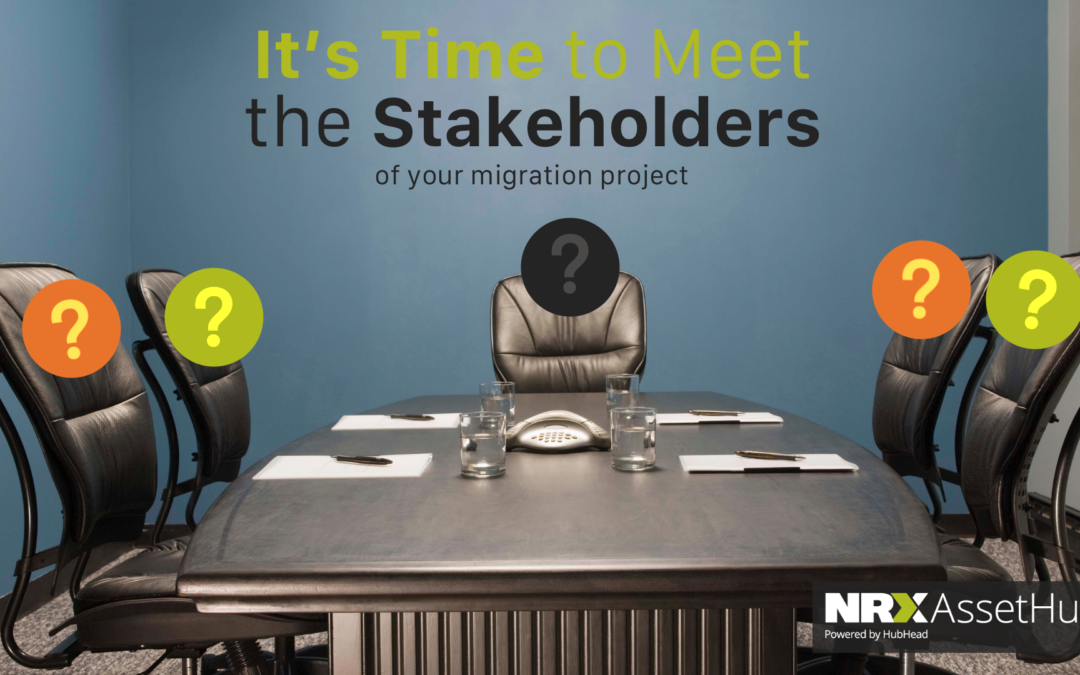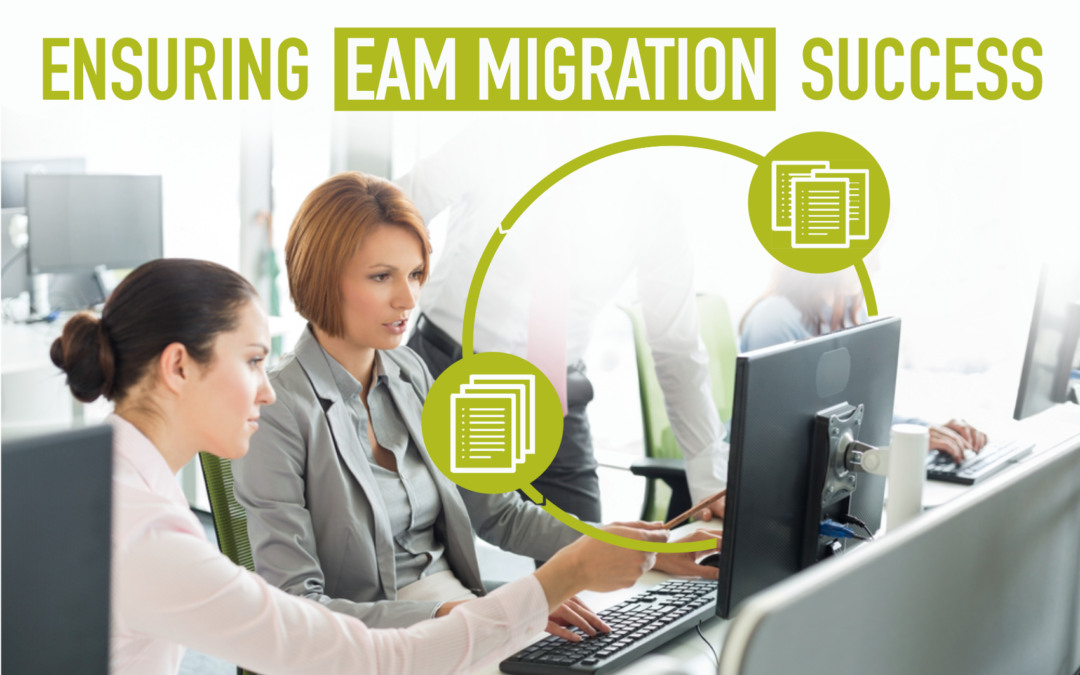As we’ve said time and time again, an EAM migration is only as successful as the team that’s leading it. Naturally, there will be lots of people involved in this transition. You may know your role as a stakeholder, but what about everyone else’s? Having a clear awareness of your role, especially as it effects others, can be the key to success in almost any project. It’s all about transparency with your team, so why don’t we see several common stakeholders you might need to familiarize yourself with. Keep in mind that every organization is different and may employ different teams to complete a migration project.

Meet the Team
Leadership team: This may include the project management office, COO, CFO, or other executives within your organization. They will likely determine the budget or timeframe of the migration, review and approve certain processes, or make other key decisions throughout the migration. Their contributions will require the highest amount of consideration as their decisions will have the farthest-reaching impact on the final product.
Internal IT team: This may include a variety of internal IT roles within your organization. They may be tasked with evaluating security, information management, mapping information, managing the data, configuring the new system, or they may have specialized knowledge on the legacy system.
Migration specialists or consultants: These are people with a specialized knowledge of systems migrations and data migrations. They are hired externally with the purpose of guiding your organization through the migration process. Here is where we can help. We are leaders in helping organizations migrate data between EAM/CMMS solutions. We can also help you cleanse and improve the quality and fitness for purpose of your data.
EAM/CMMS vendors and implementation firms: They are usually responsible for implementing and configuring the new system. They may also assist you with loading asset and maintenance master data into the new system. But generally, they are not experts in maintenance and reliability and lack the skills to help you assess whether this data will be fit for purpose in your new system.
End users: These people may be the employees within your organization who will be using the new system on a day-to-day basis. Their opinion is critical here as they’ll eventually need to be the most familiar with the new EAM/CMMS system. Therefore, your maintenance technicians are going to need to be well-informed and trained with the new system for the most effective results. Most importantly, they need to be consulted up front to determine what they’ll require in the new system.
How We Can Help
While this is not an exhaustive list, these are common major stakeholders in most EAM migration projects. Collaborating with them and ensuring their needs are met in the new EAM/CMMS system is critical to the new system’s long-term success. For more information, try checking out our brochure on EAM migrations or book a demo to get help from our team!
Ensuring EAM Migration Success
How Long Will My EAM Migration Take?
Avoiding Asset Data Loss During an EAM Migration
Share this article




